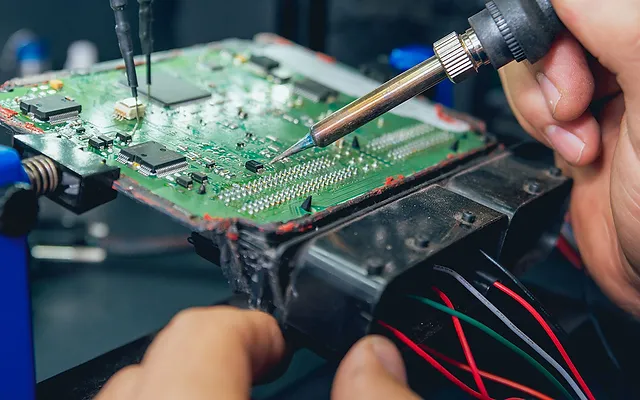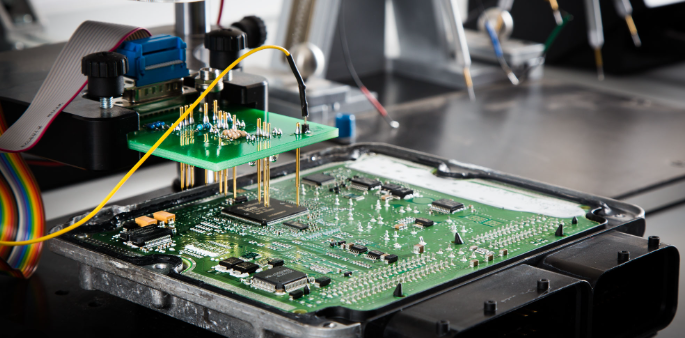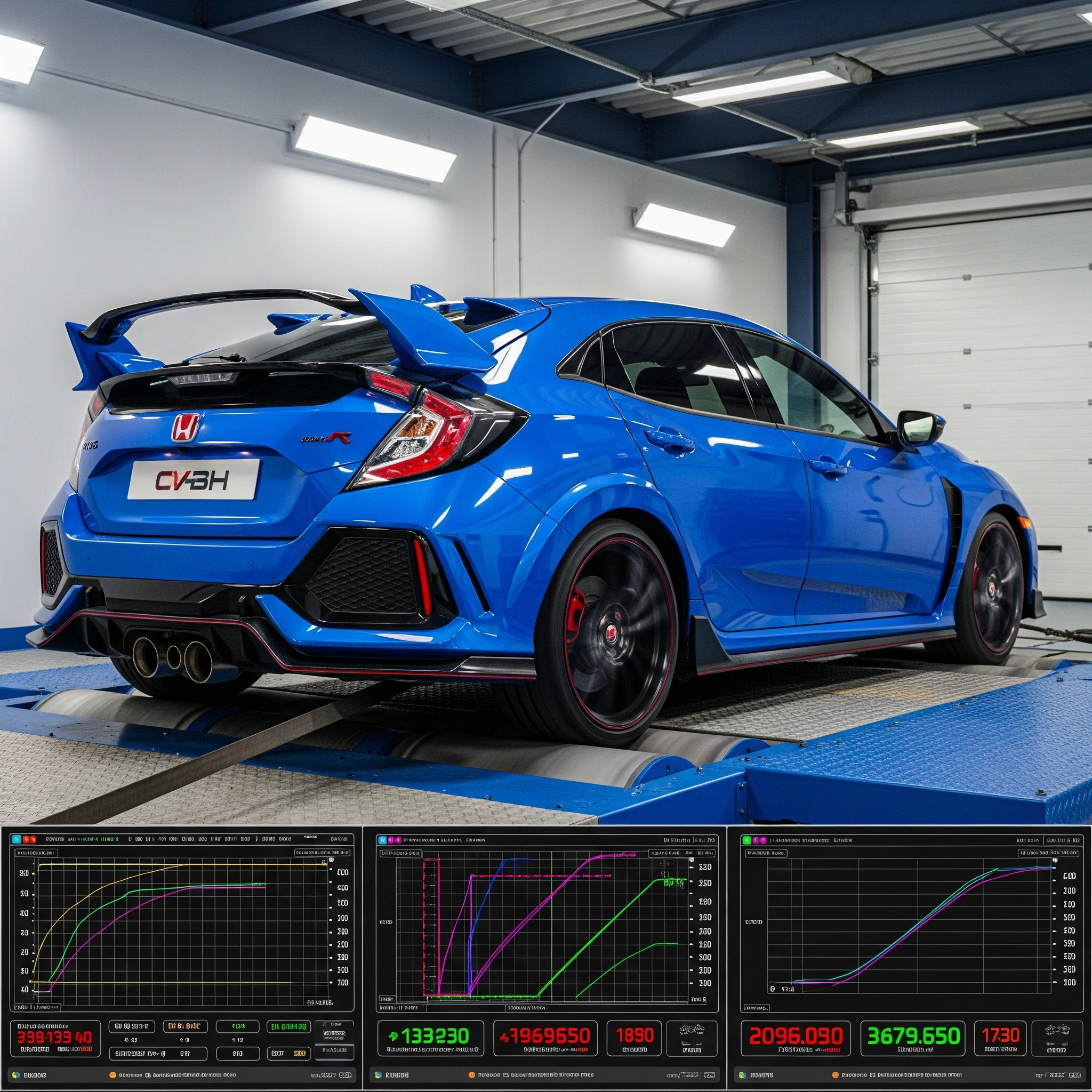The Basics of ECU Tuning: A Comprehensive Guide
Introduction
In the rapidly evolving world of automotive technology, Electronic Control Unit (ECU) tuning has emerged as a powerful tool to optimize engine performance and enhance driving experience. ECU tuning involves modifying the software and parameters of the ECU to unlock the full potential of a vehicle’s engine. Whether you’re a car enthusiast seeking improved performance or a professional mechanic aiming to deliver top-notch service to your clients, understanding the basics of ECU tuning is crucial. This comprehensive guide will take you on a journey through the fundamentals of ECU tuning, exploring its significance, working principles, benefits, tools, and safety considerations.
Understanding ECU Tuning
The Electronic Control Unit (ECU) is the brain of a modern vehicle, responsible for controlling various systems such as fuel injection, ignition timing, turbo boost, and more. ECU tuning involves altering the pre-programmed software and settings of the ECU to optimize these functions and unlock hidden potential. It is a delicate process that demands precision and expertise, but when done right, ECU tuning can significantly improve a vehicle’s performance.
The Importance of ECU Tuning
ECU tuning offers several compelling benefits that make it a sought-after practice among car enthusiasts and professionals:
a. Enhanced Performance: By fine-tuning parameters such as fuel delivery, ignition timing, and air-to-fuel ratios, ECU tuning can substantially increase horsepower and torque, resulting in improved acceleration and top speed.
b. Improved Fuel Efficiency: Optimizing the ECU can lead to better fuel economy by adjusting fuel-to-air ratios and other factors, maximizing energy output from each drop of fuel.
c. Customization: ECU tuning allows for customization to suit specific driving preferences, weather conditions, and vehicle modifications, tailoring the engine’s behavior to the driver’s needs.
d. Better Drivability: Tuning the ECU can result in smoother power delivery, reduced turbo lag, and improved throttle response, providing a more enjoyable and responsive driving experience.
e. Cost-Effectiveness: Compared to hardware modifications, ECU tuning is a more cost-effective way to enhance a vehicle’s performance, making it a popular choice for car enthusiasts on a budget.
How ECU Works: A Brief Overview
To grasp the concept of ECU tuning, it is essential to understand how the ECU functions. The ECU gathers data from various sensors located throughout the vehicle, such as the mass airflow sensor, oxygen sensor, and throttle position sensor. Based on this information, the ECU adjusts fuel injection, ignition timing, and other parameters to maintain optimal performance.
ECU Tuning Methods
There are various methods of ECU tuning, each offering distinct advantages and applications:
a. OBD-II Tuning: This method involves connecting a tuning device directly to the vehicle’s OBD-II port to modify the ECU’s software. It is user-friendly and allows for quick changes, but some vehicles may have limited accessibility through OBD-II.
b. Bench Tuning: In bench tuning, the ECU is removed from the vehicle and connected to a specialized tool for modification. This method offers more in-depth changes and is commonly used in professional tuning shops.
c. Chip Tuning: Chip tuning involves physically replacing the ECU’s chip with a modified one, programmed with customized software. This method is becoming less common with the advent of flash tuning.
d. Flash Tuning: Flash tuning is one of the most popular methods today, as it allows users to modify the ECU’s software directly through the vehicle’s diagnostic port, without removing the ECU.
Tools and Software for ECU Tuning
ECU tuning requires specialized tools and software to safely and effectively modify the ECU’s settings. Some of the widely used tools and software programs include:
a. KTAG: A powerful and versatile tool for reading and writing data from the ECU’s memory.
b. CMD: Another popular tool for ECU tuning, known for its reliability and compatibility with a wide range of vehicles.
c. Autotuner: A user-friendly tool that simplifies the ECU tuning process, making it accessible to enthusiasts and professionals alike.
d. Tuning Software: Tuning software programs like Alientech, EcuTek, and HP Tuners provide the interface to modify the ECU’s settings.
Safety Considerations
ECU tuning is a delicate process that must be approached with caution to avoid potential damage to the vehicle. Here are some safety considerations:
a. Professional Expertise: Complex tuning procedures should be performed by experienced professionals to ensure accurate and safe modifications.
b. Data Backups: Before making any changes, always back up the original ECU data to restore the factory settings if needed.
c. Use Reliable Tools: Ensure that the tools and software used for ECU tuning are genuine and up-to-date to prevent errors or data corruption.
d. Avoid Extreme Changes: Make gradual adjustments to avoid overwhelming the vehicle’s systems and compromising its reliability.
How to Start ECU Tuning
If you’re new to ECU tuning, it’s essential to begin with caution and build your knowledge gradually. Consider the following steps to start your ECU tuning journey:
a. Research: Study the fundamentals of ECU tuning and familiarize yourself with the specific tuning methods and tools.
b. Training and Certification: Seek formal training and certification from reputable sources to acquire the necessary skills and knowledge.
c. Practice on Test Vehicles: Begin your ECU tuning practice on test vehicles or non-critical projects to gain experience and confidence.
d. Data Logging: Learn to perform data logging to understand the performance of the vehicle before and after tuning.
e. Collaborate with Experts: Collaborate with experienced professionals to learn from their expertise and gain valuable insights.
Advanced ECU Tuning Techniques
As you gain proficiency in ECU tuning, you can explore more advanced techniques to achieve specialized results:
a. Dyno Tuning: Perform dyno tuning to fine-tune the vehicle’s performance under real-world driving conditions.
b. Custom Map Development: Create custom maps tailored to specific modifications, driving styles, and performance goals.
c. Forced Induction Tuning: Master the art of tuning vehicles with forced induction systems like superchargers and turbochargers.
d. Ethanol and Flex Fuel Tuning: Learn to optimize performance in vehicles running on ethanol-based fuels or flex fuels.
e. Launch Control and Antilag Tuning: Implement launch control and antilag features for improved acceleration and track performance.
Conclusion
ECU tuning is a transformative practice that has the potential to unlock the true performance capabilities of a vehicle. Understanding the basics of ECU tuning is the foundation for embarking on this exciting journey. From enhanced engine performance and fuel efficiency to customization and cost-effectiveness, ECU tuning offers an array of benefits for car enthusiasts and professionals alike. Remember, ECU tuning is a delicate process that demands precision and safety. Seek professional expertise when necessary and stay updated with the latest tools and software to ensure optimal results.
As you delve into the world of ECU tuning, embrace the learning process, experiment responsibly, and enjoy the satisfaction of harnessing the full potential of automotive engineering through the art and science of ECU tuning.
For blog on Ecu tuning & remap
For course on Ecu tuning & remap
Related Courses
- Webinar
- Includes Certificate
- Webinar
- Includes Certificate
- Webinar
- Includes Certificate







